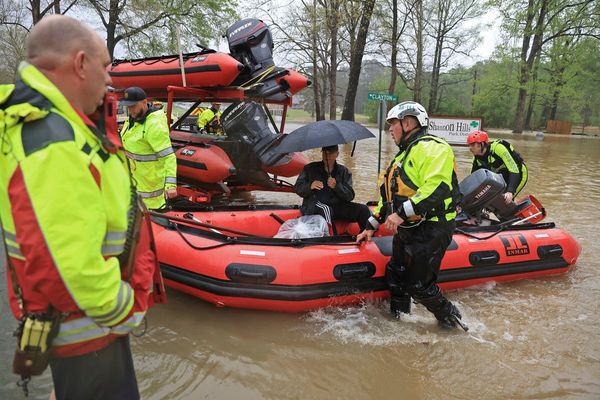The Supreme Court on Friday directed that every protected forest, national park and wildlife sanctuary across the country should have a mandatory eco-sensitive zone (ESZ) of a minimum one km starting from their demarcated boundaries.
Environment Ministry guidelines show that the purpose of declaring ESZs around national parks, forests and sanctuaries is to create some kind of a “shock absorber” for the protected areas. These zones would act as a transition zone from areas of high protection to those involving lesser protection.
A three-judge Bench of Justices L. Nageswara Rao, B.R. Gavai and Aniruddha Bose, in a 60-page judgment, highlighted how the nation’s natural resources have been for years ravaged by mining and other activities.
The judgment, by Justice Bose, observed that the government should not confine its role to that of a “facilitator” of economic activities for the “immediate upliftment of the fortunes of the State”.
Sustainable development
The State also has to act as a trustee for the benefit of the general public in relation to the natural resources so that sustainable development could be achieved in the long term.
“Such a role of the State is more relevant today, than, possibly, at any point of time in history with the threat of climate catastrophe resulting from global warming looming large,” Justice Bose wrote for the Bench.
The judgment came on a petition instituted for the protection of forest lands in the Nilgiris district of Tamil Nadu. Subsequently, the scope of that writ petition was enlarged by the court so as to protect such natural resources throughout the country.
In a series of directions, the court held that in case any national park or protected forest already has a buffer zone extending beyond one km, that would prevail. In case the question of the extent of buffer zone was pending a statutory decision, then the court’s direction to maintain the one-km safety zone would be applicable until a final decision is arrived at under the law.
The court directed that “mining within the national parks and wildlife sanctuaries shall not be permitted”.
It held the Principal Chief Conservator of Forests and Home Secretaries of States responsible for the compliance of the judgment.
The Principal Chief Conservator for each State and the Union Territory has also been directed to make a list of subsisting structures within the ESZs and submit reports to the apex court in three months.







